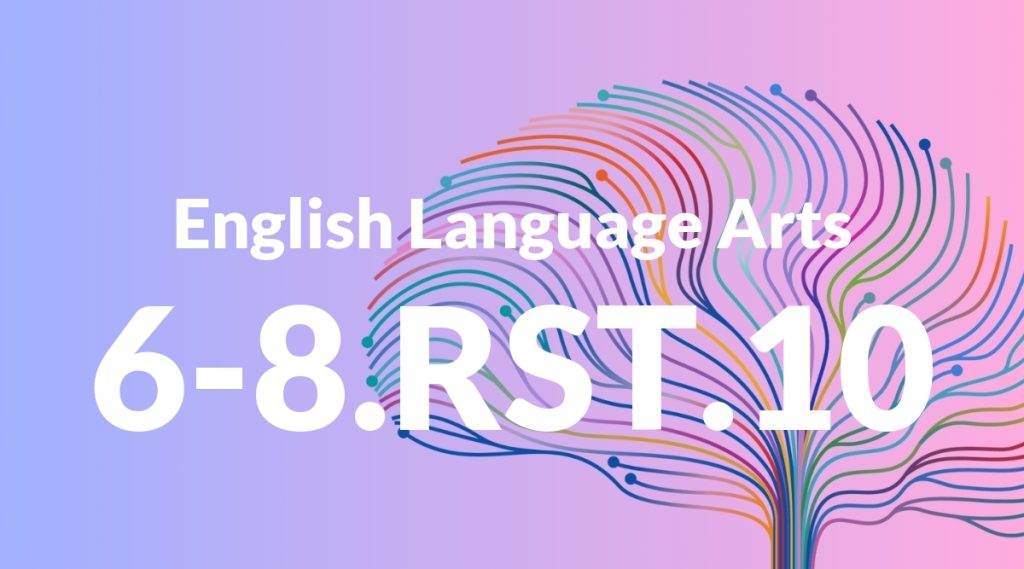Standard: 6-8.RST.10 – By the end of grade 8, read and comprehend science/technical texts in the grades 6-8 text complexity band independently and proficiently.
Grade level: Grade 6-8
Subject: English Language Arts
Domain: Science & Technical Subjects
Teacher Overview
This standard emphasizes the importance of reading and comprehending scientific and technical texts independently by the end of grade 8. It is crucial for students to be able to understand and analyze complex texts, which is a skill that will be beneficial across various subjects and in real-world scenarios. Students should have basic reading comprehension skills, familiarity with scientific vocabulary, and the ability to identify main ideas and supporting details in a text.
After mastering this standard, students will be able to analyze and synthesize information from multiple sources, critically evaluate scientific arguments, and apply their understanding to new and complex scientific texts.
Common Misconception 1
A common misconception is that all scientific texts are too difficult to understand. This is incorrect because scientific texts vary in complexity, and students can learn strategies to tackle more challenging passages.
Intervention 1
To address this misconception, introduce students to a variety of scientific texts of varying complexity and provide strategies for breaking down difficult passages, such as summarizing paragraphs or identifying key terms.
Common Misconception 2
Another misconception is that scientific texts are only relevant for science classes. This is incorrect because scientific texts are used in many areas of study and in everyday life, such as understanding news articles about health or technology.
Intervention 2
To address this misconception, show how scientific texts are used in everyday life and across different subjects, such as history and technology. Provide examples of how scientific knowledge is applied in various fields.
Prerequisite Knowledge
Students should have basic reading comprehension skills, familiarity with scientific vocabulary, and the ability to identify main ideas and supporting details in a text.
Subsequent Knowledge
Students will develop the ability to analyze and synthesize information from multiple sources, critically evaluate scientific arguments, and apply their understanding to new and complex scientific texts.
Instructional Activities
- Reading and summarizing scientific articles
- Identifying key terms and concepts in technical manuals
- Analyzing data from scientific studies
- Discussing science-related news articles in class




